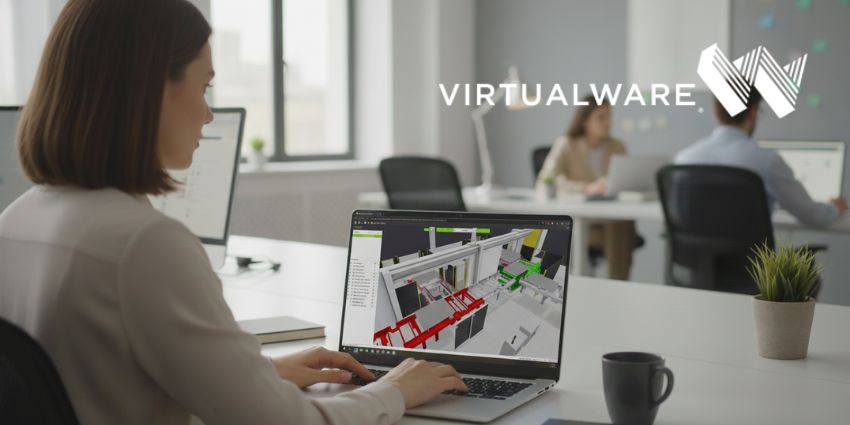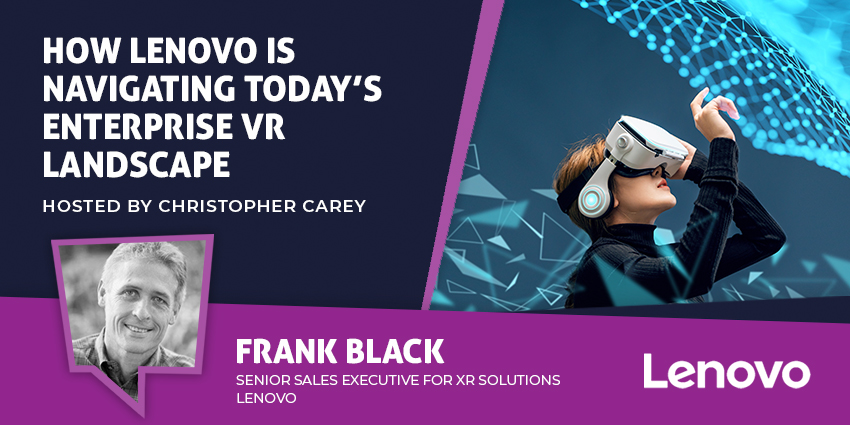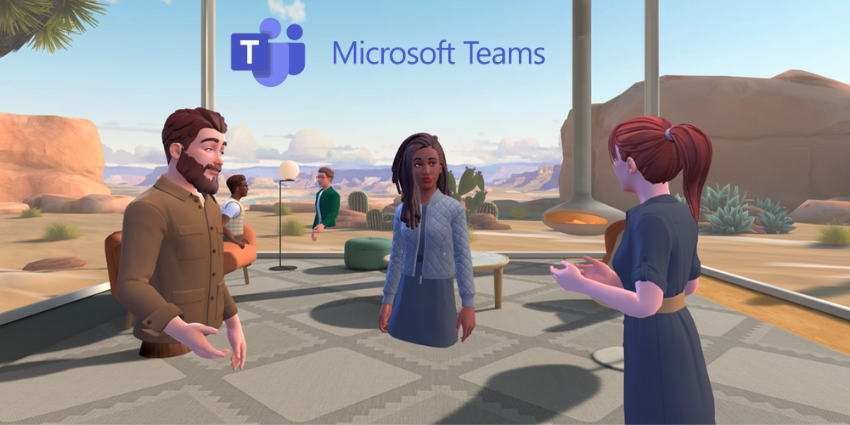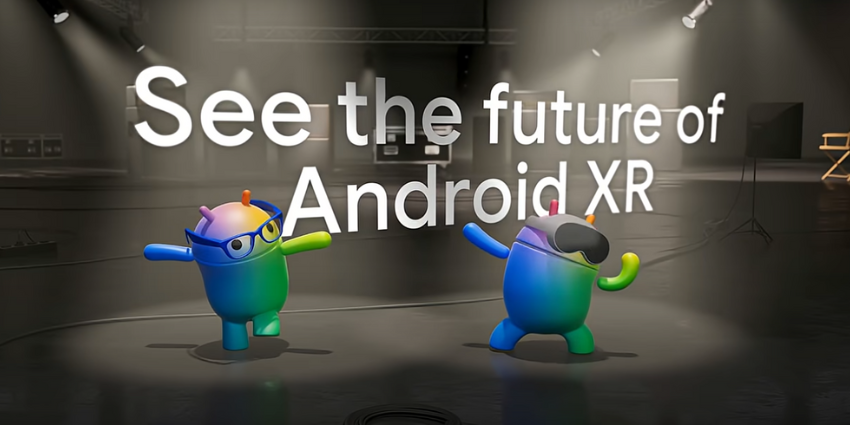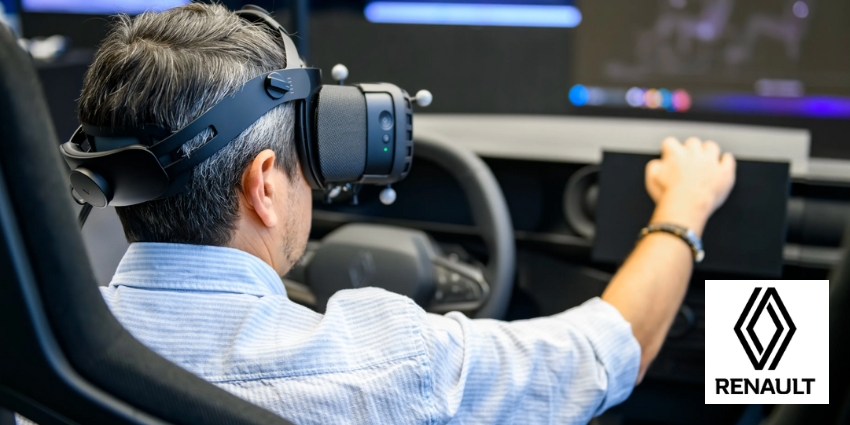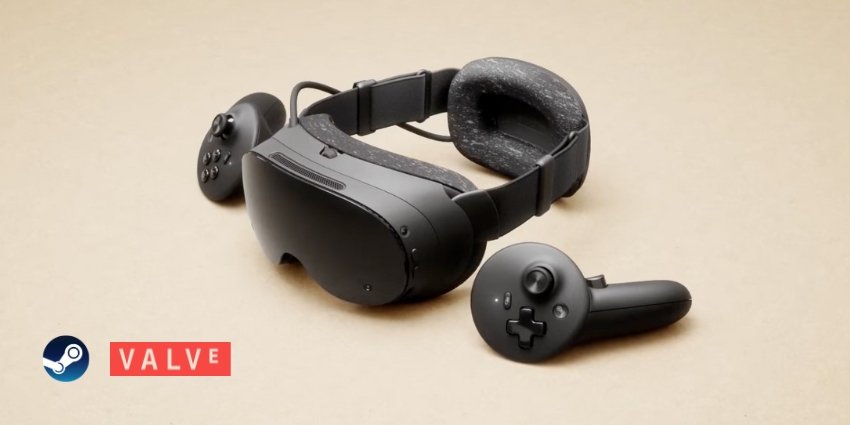In a world defined by rapidly growing XR opportunities, there are plenty of would-be developers dreaming of opportunities to build their own 3D experiences. For some time, the idea of being able to create 3D models for VR experience was something reserved for only the most forward-thinking technology companies, with the right high-end software.
However, as VR has grown increasingly mainstream, the development environment is growing more accessible too. Google, one of the biggest technology companies in the world, is no stronger to the concept of opening doors for tech enthusiasts.
For years, the brand has offered solutions for those interested in machine learning, AI, and IoT. Now, Google also offers technology specially designed to make VR building easier too, such as the convenient Google Blocks.
What is Google Blocks VR?
Google Blocks is a convenient development solution designed to make creating 3D models fun, easy, and accessible for anyone. Like many of the assets offered by Google, Blocks is beautifully simple, with a selection of 6 tools for users to unlock, so you can create models as complex or as basic as you like. The tool options include:
- Eraser
- Grab
- Shape
- Stroke
- Paint
- Modify
Available on HTC Vive and the Oculus Quest, Google Blocks opens the door to endless creative opportunities for today’s developers. The modelling app takes the complexity out of sculpting in VR, while overcoming some of the challenges of previous “creation” platforms.
Notably, 3D painting applications like Tilt brush are great for creating 3D meshes, but they don’t follow the typical workflow of a 3D modelling program, and they’re not self-enclosed.
Alternatively, sculpting programs like those offered by Oculus are usually voxel based, which means they’re only suitable for specific use cases. Google Blocks was introduced as a kind of alternative branch for 3D modelling within the VR world.
Instead of just painting or drawing, you can spawn a huge range of shapes, then use your VR controllers to manipulate the edges, and faces. This was something most developers couldn’t achieve before.
Google Blocks brings the potential of VR development into the CAD and architectural design world, so it can appeal to a wider range of people. You can even visit the Google Blocks website to see some of the creations built by existing artists.
Google Blocks Review: Benefits
Google aims for simplicity in the Google Blocks experience, to make it as accessible as possible to the widest range of people. The idea with Blocks is to ensure everyone can make something in VR.
However, you may find that you still need a decent amount of experience with 3D modelling if you really want to see your designs come to life in this realm.
Notably, there are some limitations to what you can actually control when it comes to moving shapes and interacting with edges. There’s also a distinct lack of advanced features you might otherwise want if you’re trying to create something specific in the VR world.
However, that isn’t necessarily a bad thing, as with a lack of advanced capabilities, Google is giving more people the chance (and confidence) to start experimenting with VR creation. Benefits include:
- Multiple creation modes: Access to a selection of 6 tools means you’re not just drawing or moving things around like in previous modelling apps. You can create shapes and manipulate them, grab parts of the designs you create to examine them from different angles, and experiment with multiple edges and lines. There’s even the option to erase things if you’re not happy with something you build.
- Full 3D exploration: For designers and creators first getting into the idea of 3D modelling, Google Blocks gives you a chance to see your creations like never before. You can walk around the creations you build, which makes it much easier to think about how different details will need to look. There’s definitely more scope here for building 3D CAD models.
- Easy sharing: As an added benefit, Google ensures you can share your creations with the other people in your team easily. You can offer access to the models you build through links, or export animated gifs to show someone all the way around a 360-degree vision of your idea. There’s also the option for .obj exports too.
- Extensive community: Access to the community library full of creations from other users on Blocks is great if you’re looking for a bit of inspiration. The interactive gallery can also be a great way to get an idea of how you can make specific parts of your own models work.
- Accessibility: As mentioned above, Blocks by Google is intended for everyone, so it’s naturally simple, and highly accessible. The technology is available both on the Oculus Quest, and on HTC Vive headsets.
Oculus Blocks Review: Verdict
There are ups and downs to designing on an application like Blocks. On the downside, you’re going to be missing a number of tools like layers, transform tools, and Boolean, which might be necessary for more extensive design work.
You’re also limited in how much you can actually do when interacting with each shape and design, because the Blocks experience is intended to be as simple as possible.
However, while advanced creations might not be possible on Blocks, there’s still a lot of potential in the app. The application is a fun way to experiment with the basics of prototyping, 3D designs, and creative planning.
You can explore your creative ideas like never before, and bring them to life, so people in your team can actually interact with them.
For an entryway into 3D modelling, Blocks gets the job done, and gives you a fun way to see what design in VR could be all about. You can quickly, conveniently, and effectively build a range of models to share with your team. Even better – you can actually have fun while doing it.


